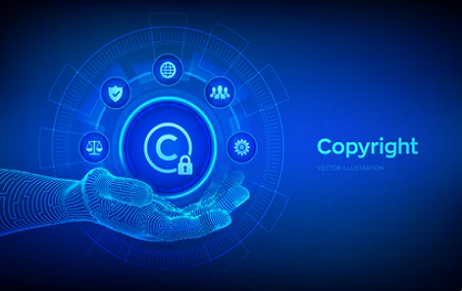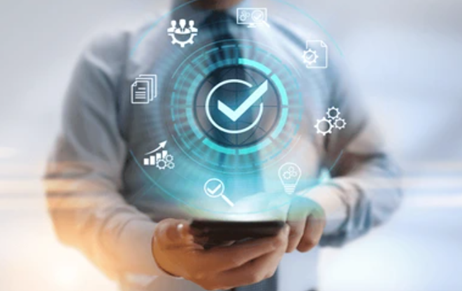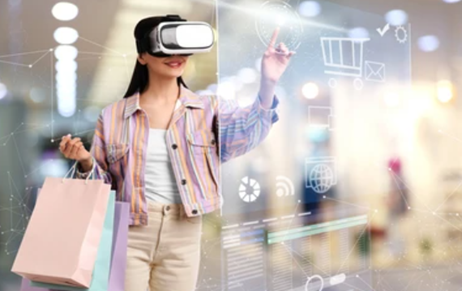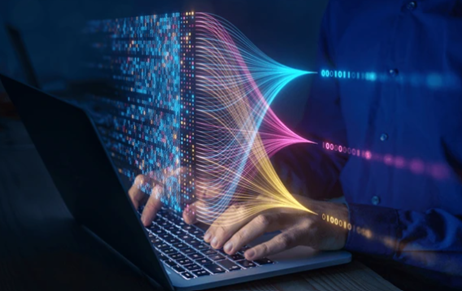The Southeast Asian regional grouping known as ASEAN is undoubtedly one of the most dynamic…
The Intersection of Copyright Law and Artificial Intelligence
We live in an era where AI generations are significantly taking over creative workspace. There has been a deluge of AI generated content that has been appearing on everyone’s feeds of various social media websites, be it in the form of images, music, videos, audios and so on. Infact, some of these generators are available at our fingertips facilitating us to write blogs, assignments, email, and various other texts. For the same reason, artificial intelligence has become one of the hottest topics in different areas of law be it criminal law, technology law and strangely enough, agricultural law. Hence it should not be matter of surprise for it to raise concerns, in fact a plethora, in the field of intellectual property laws as well. An interesting approach to AI from the perspective of copyright law is with regard to the creation of works using AI or with the assistance of the same.
INTRODUCTION
In most legal systems around the world, the idea of an author/creator/artist is highly anthropocentric. However, it is also known to everyone in this day and age how AI has surpassed human intellect in various tasks that require intellectual input like artistic expressions, some stellar examples being with regards to image recognition, art, literature, gaming etc. In fact, Google has very recently started sponsoring an AI program to generate local news articles. In 2016, some museums and researchers from Netherlands revealed the Next Rembrandt, a portrait generated by a computer by analysing the works of 17th century Dutch artist, Rembrandt Harmenszoon van Rijn. Another instance is of Deep Mind, a Google owned artificial intelligence company that created a software which can make music by listening to various sound tracks and voice tapes.
[Image Sources : Shutterstock]

However, especially in the light of the recent US Federal Court ruling that artificial intelligence is ineligible for copyright protection, the system continues to uphold the importance of the modicum of human creative input in granting copyright protection.In the cases of creations by AI without direct human intervention, two scenarios commonly arise:
- Wherein the creative inputs by humans play a significant role and therefore the ownership of copyright can be attributed to them.
- Wherein the AI independently creates the work, thus complicating the issue of ownership.
In order for a work to be conferred with Copyright protection, it must meet the standard of originality. The creation must arise out of the creator’s acumen, expertise and innovation. The case of AI platforms, however, is different in the sense that their creation is a result of human-made content which is already available in the form ofvast amount of data, which could also contain copyrighted materials. While the AI collects and rearranges data in different ways to make it unique, whether it can be conferred with copyright protection if it meets the necessary threshold of creativity remains a challenge.
Countries like India, Ireland and New Zealand confer copyright ownership to the programmer of the AI system.This can also be referred to from the copyright law of the UK, Section 9(3) of the Copyright, Designs and Patents Act (CDPA), which states that in the case of a literary, dramatic, musical or artistic work which is computer-generated, the author shall be considered to be the person who made the necessary arrangements for the creation of the work. This is a recognition given to the programmer’s intellectual creativity whereas, there have also been instances like when India took on a linear approach of conferring the work of AI RAGHAV the co-ownership for its creation, Suryast, the other co-author being the creator of the said AI.However, the Court of Justice of the European Union has held that copyright subsists only in those original works that reflect the “author’s own intellectual creation”.Similarly, the Australian Court has also refused copyright protection to AI generated content for the lack of human creativity going into its production.
An equally important facet to be reflected on is the impact of the usage of original works by creators to train these generators without obtaining proper authorization or giving compensation. Artists have begun to live in the fear and trepidation of someday being replaced by computer generated platforms that are trained to perform the former’s works. For example, there is a huge section of artists who earn their living through commissioned works which makes it imperative for them to keep putting out the samples of their art, only to be scraped by AI platforms to be used up into training itself to generate similar contents. Scientists and companies all over the world are attempting to fight this issue in different ways. For instance, Ben Zhao, a computer science professor at the University of Chicago, with the assistance of his team, has developed a tool called Glaze, with the view to prevent AI models from mimicking a particular artist’s style. Meanwhile Getty Images has adopted a more severe approach by placing an all-out ban on AI generated content to avoid any potential legal ramifications.
LEGAL CONSEQUENCES IN INDIA
Section 2(d) of the Copyright Act, 1957 lays down the definition of an “author” from which the AI systems are excluded. Indian courts have upheld this position in various decisions as well. However, the Copyright Office is seemingly in a predicament after issuing a withdrawal notice to the authorship granted to AI RAGHAV in the year 2021. However, the status of the application of AI RAGHAV as a co-author still remains registered on the basis that the Copyright Office has not followed the proper rectification proceeding for the withdrawal of the application. As this application serves as a precedent, any denial for similar subsequent applications is bound to be approached in Courts for wrongful rejections.
CONCLUSION
There are several steps that can be taken in order to rightly deal with is situation starting from updating intellectual technology laws in the country to include AI generated creations, to develop separate criteria other than traditional copyrights, to protect AI generated works and most importantly, bring in better compliance mechanisms and compliance officers.
As AI technological generations have only increased in the recent times, it can be observed that the intersection of AI generated works and the copyright protection frameworks gives rise to various legal questions, not only in India but worldwide. While there are some systems that recognise and accept the evolving nature of AI programs and their relevance in the contemporary world, like the UK, most other systems continue to categorically reject applications in this regard, on the grounds of not involving a human author. The future of this development is indeed going to be interesting to watch.
Author: Sruthy Jayakumar, A Student School of Legal studies Cochin University of Science and Technology
in case of any queries please contact/write back to us via email to chhavi@khuranaandkhurana.com or at IIPRD.
REFERENCES:
https://www.wipo.int/wipo_magazine/en/2017/05/article_0003.html
https://www.mondaq.com/india/copyright/1251028/artificial-intelligence-art-and-indian-copyright-registration
https://www.nytimes.com/2023/08/21/arts/design/copyright-ai-artwork.html



